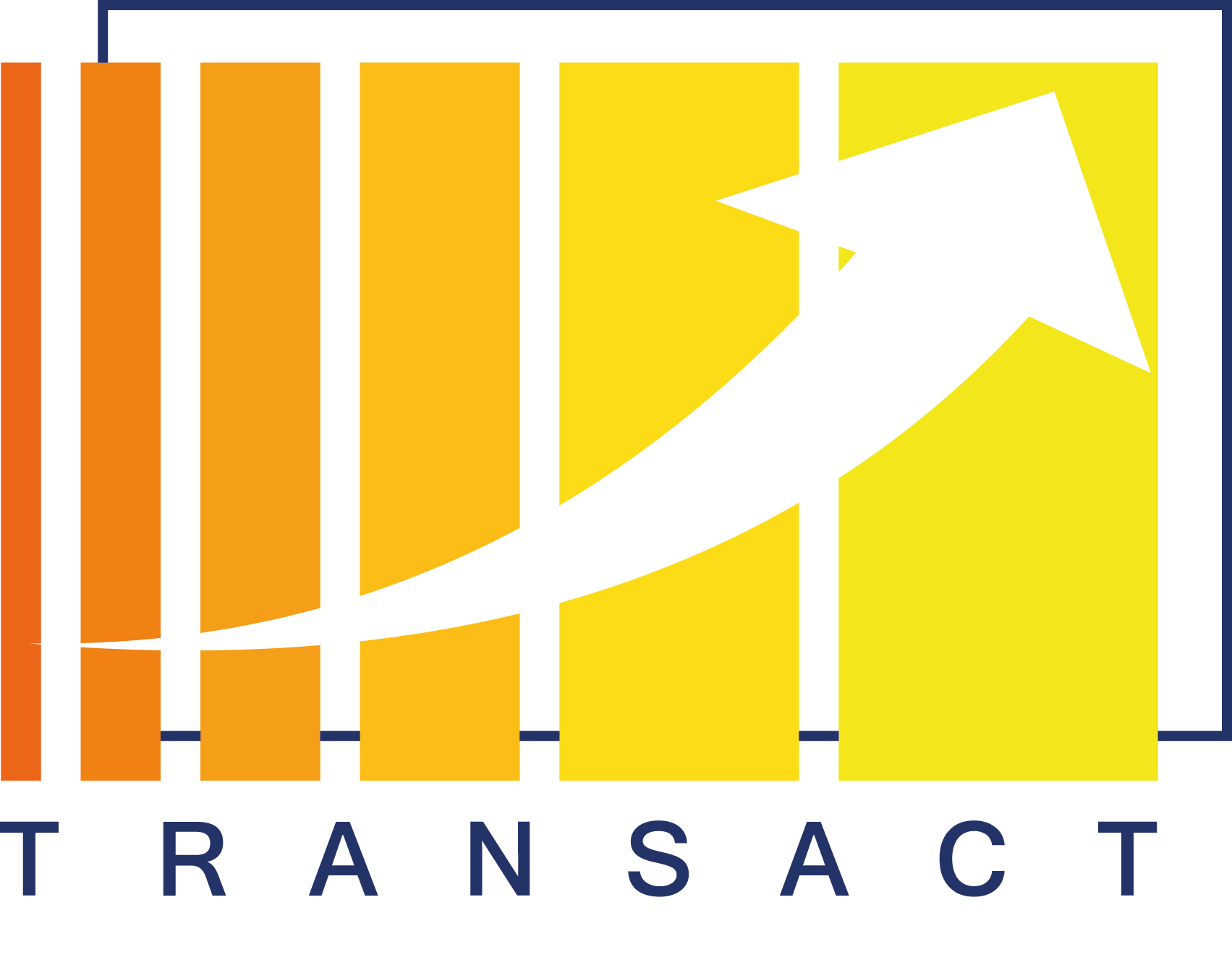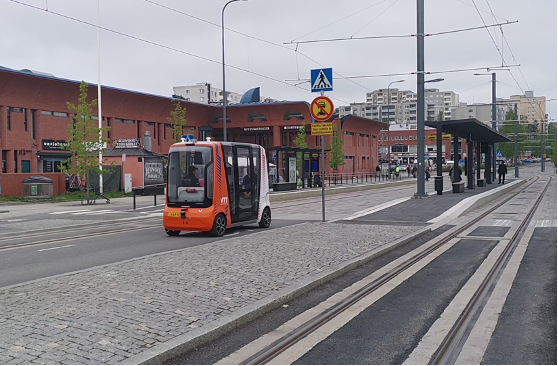A public transportation network in any city is always full of compromises in terms of coverage, vehicle choices and selections in scheduling. Some gaps in the overall service exist by choice (where it is not cost-effective), some by lack of required infrastructure (such as inaccessible residential areas) and some by lack of critical mass (simply not reaching a certain number of passengers per day to be feasible).
One option to support for example the local underground metro and over-the-ground tram network is to use autonomous vehicles to bridge gaps between certain populated areas and nodes of the rail network. The nodes can be either metro stations, final stops of trams or key locations with multiple connections to other public transportation. This is known as solving the so-called last mile problem in public transportation.
Strategically placed autonomous shuttle services near industrial parks, large enterprise office locations and densely populated residential areas have several benefits both for the consumers and public transportation operators, such as
- reduce last-mile anxiety to reach destinations over 400 meters away from the public transport stops
- reduce the required effort to reach destinations beyond normal public transportation stops
- increase public transport adoption and level of service
- increase accessibility for the elderly and disabled
- save in overall costs for both the operator and passengers
The cost savings estimation is that one remote driver can oversee and manage a fleet of up to four autonomous shuttles in operation, leading to 1:4 savings in the human driver costs.
The TRANSACT Demonstrator
The transport service line to be demonstrated is an autonomous shuttle bus feeder connection to the tram. The feeder circulates one way on a circular route, formed by Insinöörinkatu, Teekkarinkatu, Ahvenisjärventie and Opiskelijankatu right at the heart of Hervanta district in Tampere, Finland. The length of the route is approximately 3.5 kilometers. There are 26.000 residents in Hervanta district and the tram line is the only rail connection to the center.

The physical vehicle demonstration aims to prove end-to-end smooth and safe remote driving of the vehicle. The autonomous shuttle bus self-driving capability has already been demonstrated in previous projects.
The demonstration focus of TRANSACT is the safe and smooth transfer of control between the remote driving and the autonomous driving. Remote operation and supervision of autonomous vehicles has several and specific practical deployment, safety, communication and delivery requirements that can be extrapolated into a set of objectives for the use case. While the autonomous vehicle is capable of navigating in urban traffic settings autonomously, the Remote Driver is required to seamlessly assist the vehicle in traffic where exceptional and/or hazardous situations are detected. At the same time when the situation allows, the vehicle(s) should be able to operate in complete or assisted autonomy to ensure the smooth operation of the entire fleet.
The key objectives for this use case’s demonstration are:
- Enhance the Remote Driver’s understanding of the vehicle’s independent capability to manage safe driving in a complex environment.
- Illustrate the interaction and cooperation of vehicles and human operators in Remote Operating Centre — how situational awareness can be enhanced through visualisation and communication of the vehicle’s understanding of its surroundings and its intent using augmented reality camera view and user interfaces with 3D data model of the driving environment.
- Demonstrate the ability to seamlessly transfer the control from vehicle to human Remote Driver and back.
- Ensure the required safety measures and sufficient supervision of the operation are accounted for during remote operations.
All demonstrations will work on the same transport service business case. Each demonstration iteration brings the use case closer to the physical reality by adding physical components to the demo. Demo 1 is fully simulated. Demo 2 will consist of a limited trial in a restricted area, i.e. a small part of the demo route. Finally, Demo 3 will consist of the demo vehicle operating within real traffic on the route.
Make sure to follow us on Twitter and LinkedIn and subscribe to our Newsletter for further information about the project.





No responses yet